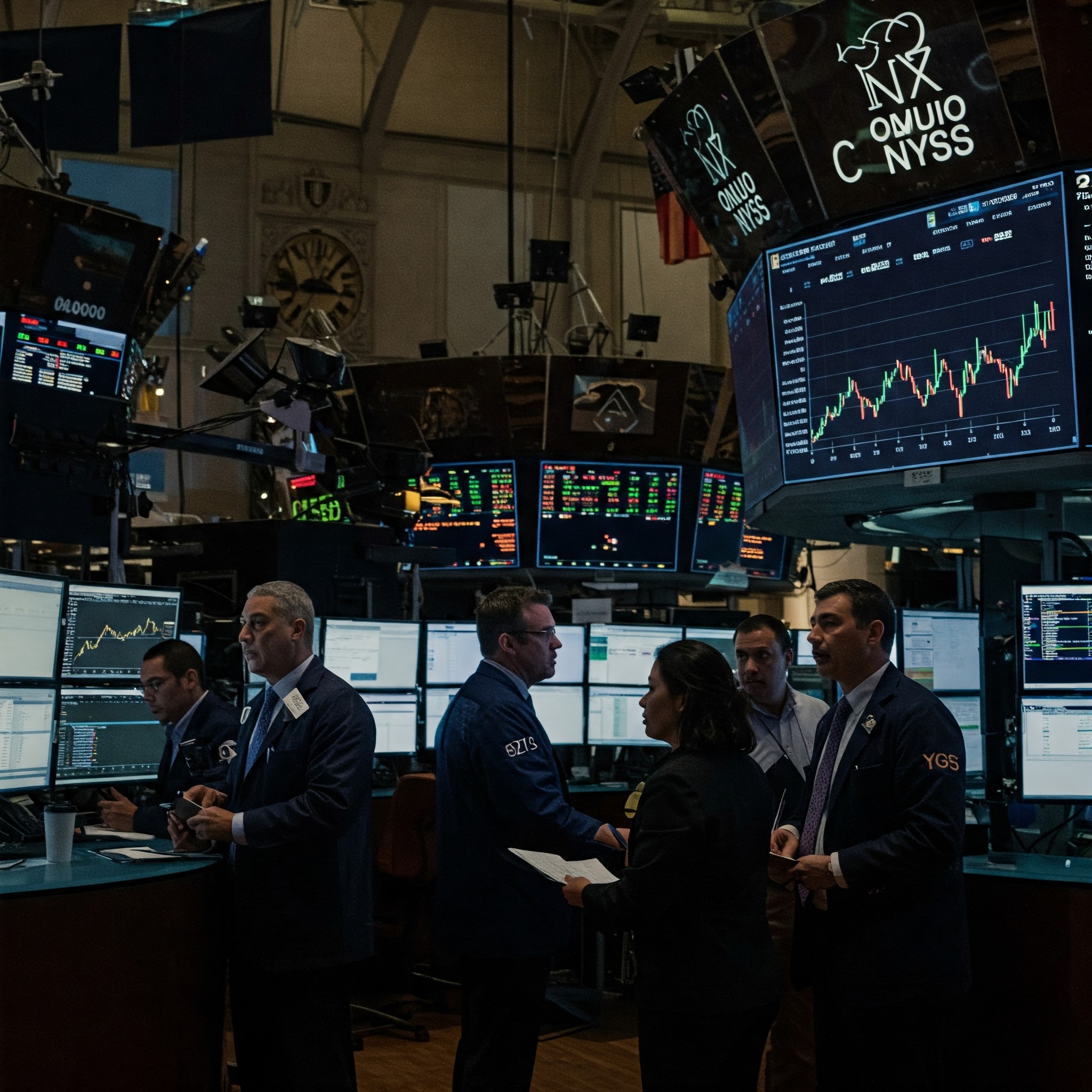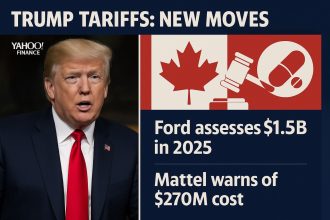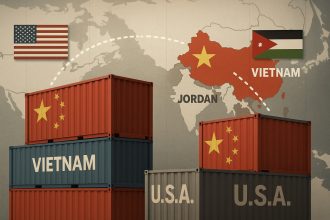Ever felt like you’re steering a ship through a storm? That’s the vibe for investors right now, as trade talks between the U.S. and China keep markets on edge. The S&P 500 has dropped 6.1% since the start of 2025, rattled by new tariffs and mixed signals from both sides. As Anna Petrova, a journalist who’s spent a decade digging into stories that hit home, I’ve seen markets weather storms before. Let’s unpack what’s happening, why investors are playing it safe, and how you can navigate this choppy economic sea.
What’s Shaking the Markets?
The S&P 500 Takes a Hit
As of April 28, 2025, the S&P 500 sits at 5525.21, down 6.06% from its 2024 close of 5881.63. The culprit? Sky-high tariffs—145% on Chinese goods and 125% on American ones—have escalated the U.S.-China trade war. This isn’t just numbers on a screen; it’s a signal that global trade is under strain, and investors are feeling the heat.
| Metric | Value |
|---|---|
| S&P 500 (04/28/2025) | 5525.21 |
| S&P 500 (12/31/2024) | 5881.63 |
| Change (%) | -6.06% |
| Trading Volume | 2,943,164,000 |
| Average Volume | 5,262,152,741 |
Trade Talks: A Game of He-Said, She-Said
The trade negotiations are a mess of contradictions. U.S. President Donald Trump claims he’s been chatting with China’s Xi Jinping, hinting at progress. But China’s foreign ministry says no such talks are happening. This back-and-forth leaves investors guessing, with no clear timeline for a resolution. It’s like waiting for a weather forecast that keeps changing.
Why Are Investors So Skittish?
Uncertainty Breeds Caution
With no solid ground to stand on, investors are hedging their bets. Many are sitting on cash or shifting to bonds and stocks of companies with rock-solid balance sheets—think Johnson & Johnson or Procter & Gamble. These “defensive” stocks tend to hold up better when the economy gets rocky, making them a go-to for those dodging market swings.
A Bigger Picture
This isn’t the first trade war rodeo. Back in 2018-2019, U.S.-China tariffs caused similar market jitters, but a partial deal helped stocks rebound. Today’s tariffs are steeper, and the global economy is shakier, with world trade growth slowing by 0.2%. Analysts like those at Goldman Sachs warn that China’s GDP could take a 2.4% hit if tariffs stay high, which spells trouble for everyone.
A Personal Flashback
I remember 2018 vividly. A friend, panicked by the trade war headlines, sold off half his portfolio at a loss. Meanwhile, another buddy held steady, and by 2020, his patience paid off as markets climbed back. That lesson stuck with me: fear can be a lousy financial advisor. Today’s uncertainty feels familiar, but it’s also a reminder that markets are cyclical, and calm often follows the storm.
How Should Investors Respond?
So, what’s the playbook for riding out this turbulence? Here are some practical moves:
- Diversify Your Portfolio: Spread your investments across stocks, bonds, and even commodities to cushion any blows.
- Lean Into Defensive Sectors: Healthcare, utilities, and consumer staples tend to stay steady when markets wobble.
- Consider Hedging: Tools like options or futures can act as a safety net against big losses.
- Think Long-Term: Don’t let daily headlines dictate your strategy. Markets have a knack for bouncing back.
The key? Stay cool-headed. Panic selling rarely ends well, and a well-thought-out plan can keep you grounded.
A Handy Tool for Turbulent Times
Speaking of staying strategic, a colleague recently mentioned a platform that’s been a game-changer for navigating volatile markets. PocketOption offers a user-friendly interface and a suite of tools for analyzing trends, which can be a lifesaver when you’re trying to make sense of market swings. It’s worth a look if you’re exploring new ways to stay active in trading without getting overwhelmed.
What’s Next for the Markets?
The Global Ripple Effect
This trade war isn’t just a U.S.-China spat—it’s dragging down global growth. Experts warn that prolonged tariffs could spark a broader economic slowdown, with supply chains already strained. Yet, there’s a silver lining: markets have historically adapted to trade disputes, and a breakthrough in talks could spark a rally.
A Dose of Optimism
Despite the gloom, I’m reminded of something my old editor used to say: “Markets hate uncertainty, but they love clarity.” Whether it’s a trade deal or a new normal, resolution tends to bring relief. For now, focusing on stable investments and keeping an eye on emerging opportunities can help you weather the storm.
Wrapping Up
The trade talks mess has investors on edge, with the S&P 500 down 6.1% and no clear end in sight. But history shows that markets are resilient, and smart strategies—like diversifying, hedging, or sticking to defensive stocks—can keep your portfolio afloat. Take a deep breath, revisit your game plan, and maybe check out tools like PocketOption to stay nimble. What’s your take on this trade war rollercoaster? Drop a comment below—I’d love to hear how you’re navigating it!





